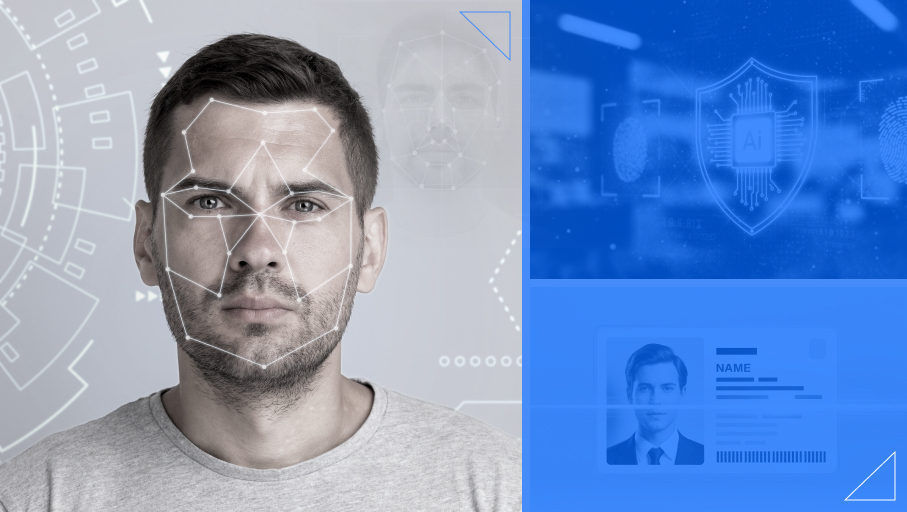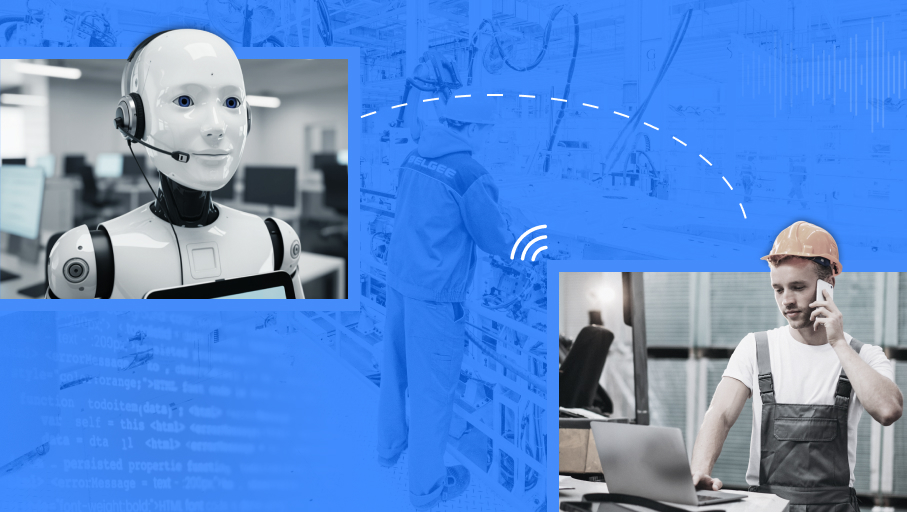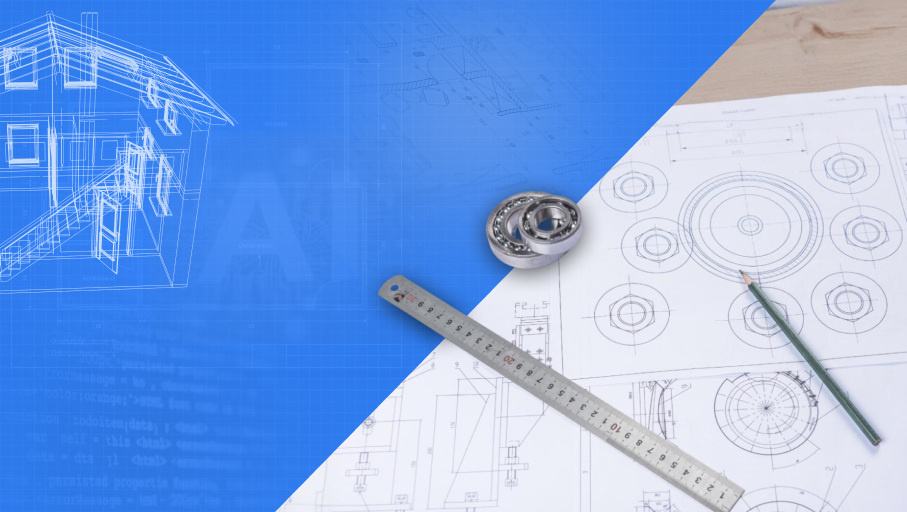Project Context
The client, a US-based technology company headquartered in Virginia, was developing an AI software development product leveraging artificial intelligence to automate content strategy. The product collected and analyzed online content—helping businesses build effective SEO and content marketing strategies, and even GEO as the “successor” of SEO. The team originally consisted of several developers, AI specialists, and platform experts working across both Germany and the United States.
AI Software Development Challenges
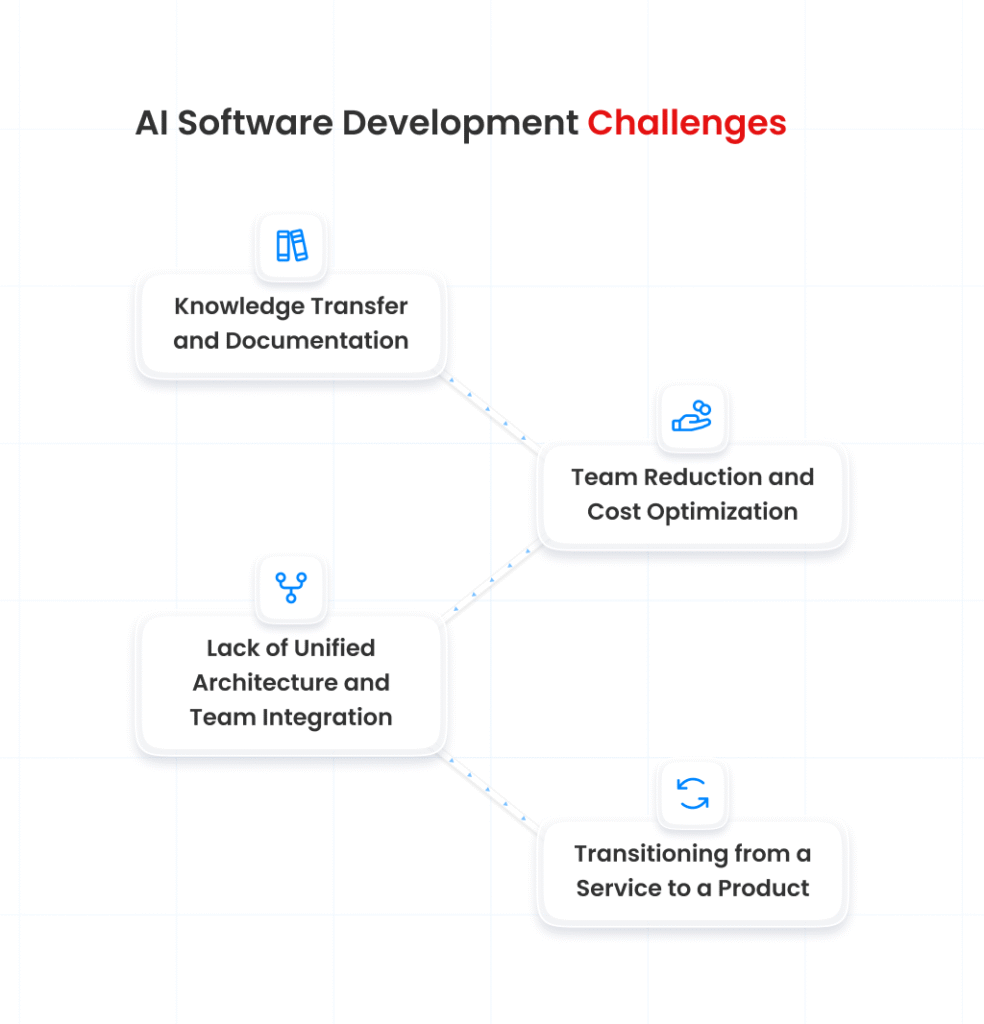
Knowledge Transfer and Documentation
- The original team possessed extensive product knowledge, but not all of it was documented.
- Key personnel were gradually leaving the project, making knowledge transfer difficult.
- Existing documentation was partially outdated and required updating.
Team Reduction and Cost Optimization
- Previously, the project involved a dozen or more professionals, whereas Stermedia initially took over with a smaller AI software development team of selected specialists.
- The team was structured in a hybrid model—some members worked full-time, while others contributed a few hours per day.
- The goal was to maintain key functionalities while reducing operational costs.
Lack of Unified Architecture and Team Integration
- The previous team was divided into silos, where different groups (e.g., data science, developers, platform specialists) worked independently.
- Establishing a cohesive collaboration structure, introducing common cross-domain daily meetings, and improving communication were necessary.
Transitioning from a Service to a Product
- The product was not fully automated—it largely operated as a service, requiring developers to manually generate reports and recommendations.
- The goal is to create a fully digital AI software development tool that enables clients to independently generate analyses and content, and this process is currently underway.
AI Software Development Solution
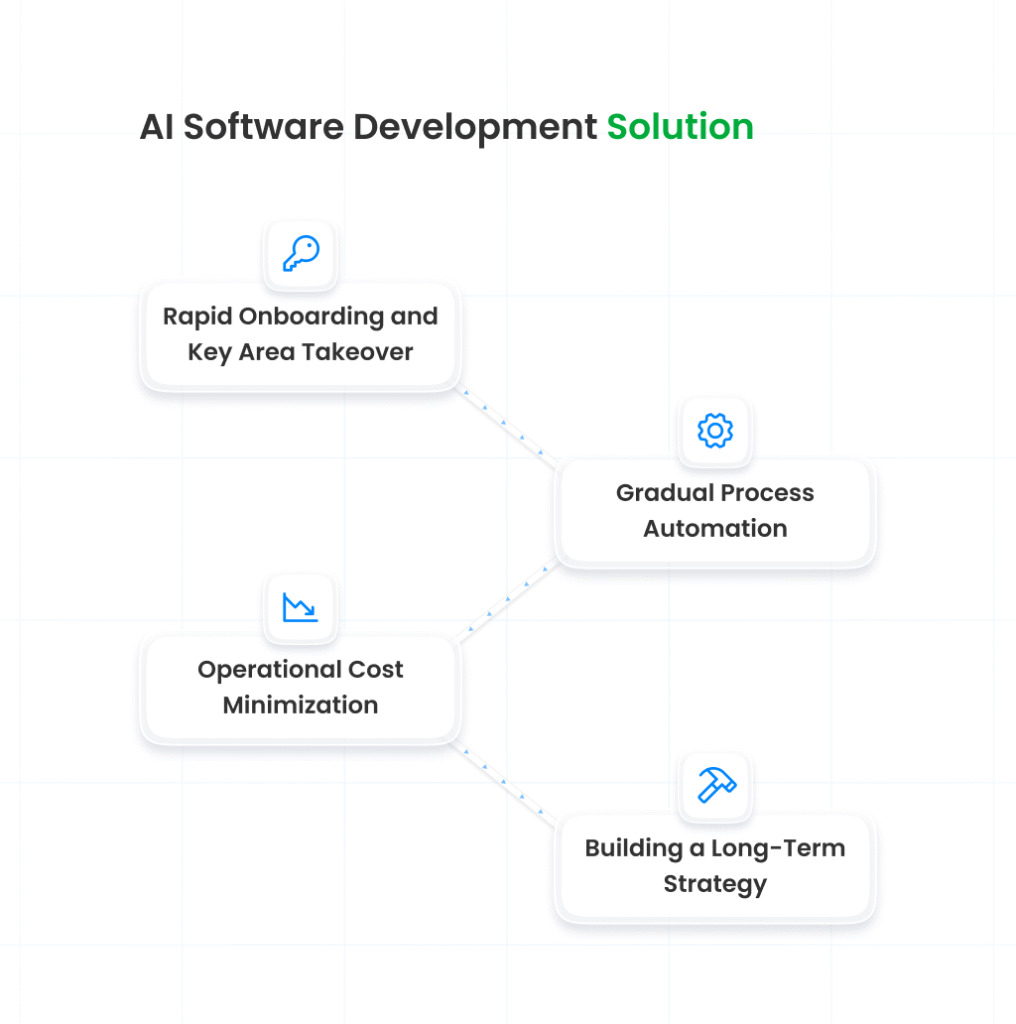
Rapid Onboarding and Key Area Takeover
- Stermedia began by analyzing required competencies and gradually introducing specialists, including a dedicated tester—ensuring higher software quality and accelerating progress by allowing developers to focus on their core tasks.
- The priority was to take over key roles—backend, frontend, data science, and DevOps.
- Daily team meetings were implemented to facilitate faster knowledge exchange.
Gradual Process Automation
- Analyzing existing workflows allowed for identifying areas suitable for automation.
- Instead of manually generating reports, the team started exploring AI modules to support automatic content generation; however, this process is still in the early testing and conceptual phase.
- By analyzing competitors and market trends (read more on our blog), the team began working on a mechanism that, in the future, will enable the product to suggest topics and content structures autonomously, though manual support is still required at this stage.
Operational Cost Minimization
- The team was structured flexibly—some specialists initially worked part-time, optimizing budget management.
- The team analyzed the existing architecture and workflows, identifying necessary adjustments while primarily focusing on ensuring a smooth project transition and continued development.
Building a Long-Term Strategy
- Stermedia engaged in strategic discussions with the client regarding the product’s future, covering both its development direction and process optimization for gradual automation and improved adaptability to changing market conditions.
- The UX team was involved in market research and customer journey design to better align the product with user needs.
- Project management remains with the client (their project manager returned from leave), yet this has not hindered AI software development progress—collaboration and communication remain strong.
- Resource and technical requirements were regularly assessed to dynamically adjust the team to current needs.
Results
- Smooth Project Takeover – Stermedia successfully replaced the previous team, ensuring continuous platform operation. The product is actively used by clients, and the team is focused on its ongoing AI software development and optimization.
- Cost Optimization – A smaller but highly skilled AI software development team managed to sustain product development while reducing expenses.
- Increased Efficiency – Improved architecture and better team integration streamlined work organization and solution implementation, allowing for more effective resource and priority management. As a result, despite an initial adaptation period, Stermedia is gradually increasing the pace of AI software development, focusing on the product’s core aspects.
- Path to Full Automation – A shift in approach has enabled the gradual transition from a service-based model to a fully autonomous AI software development tool.
Conclusion
Taking over and transforming an ongoing project required not only an in-depth technological analysis but also expertise in change management and maintaining strong client relationships. Stermedia demonstrated that with a flexible approach, high-quality execution, and strategic thinking, it is possible not only to continue a project but also to optimize and reshape it into a more scalable business model through targeted AI software development. See more AI case studies by Stermedia.
